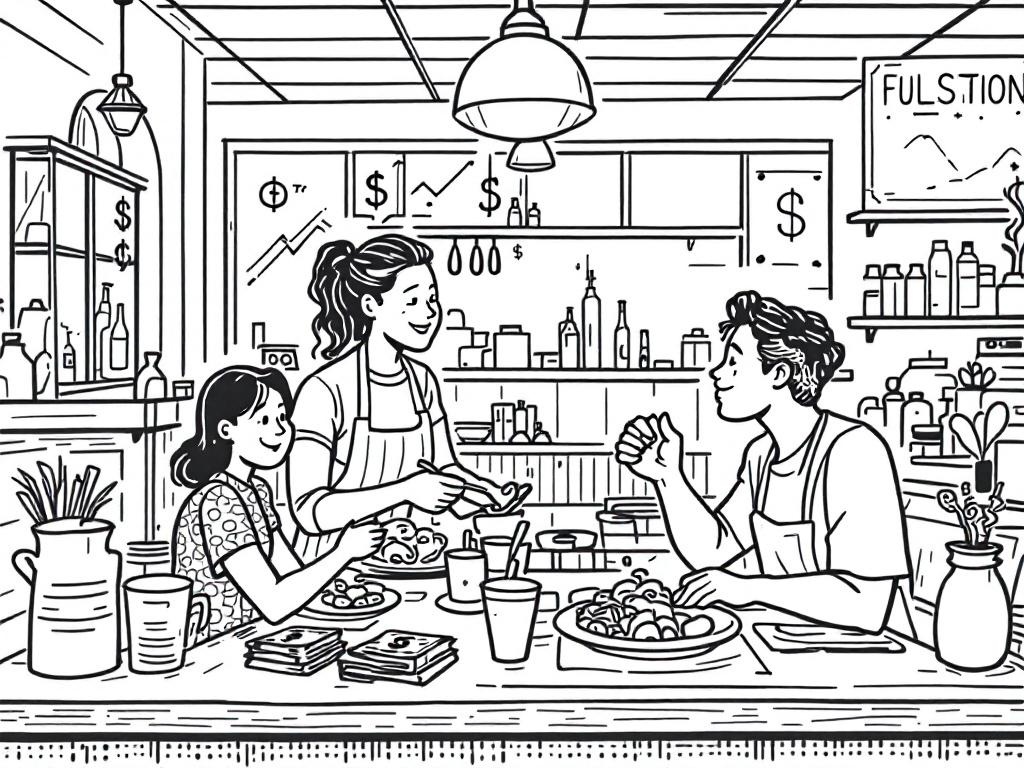U.S. Restaurant Sales Rise Amid Declining Traffic in Mexican-American Communities

United States, Friday, 27 June 2025.
May 2025 saw a 1.4% rise in U.S. restaurant sales, yet areas with high Mexican-origin populations faced a traffic decline, suggesting socio-economic influences on consumer behaviors.
National Sales Growth Versus Local Challenges
In May 2025, restaurant sales in the United States showcased resilience by growing 1.4% year-over-year, following similar upward trends in April and March of the same year. This indicates the broader restaurant industry benefits from incremental consumer spending, despite facing potential macroeconomic constraints like anticipated inflation and stagnant wage growth [1][2]. Yet, this national growth is juxtaposed with a troubling trend in communities with high Mexican-origin populations, where foot traffic declined. Areas with more than 40% Mexican-origin populations have underperformed compared to the national average, presenting an ongoing challenge since late 2024 [1].
Influence of Economic Policies
The observed decline in restaurant patronage within certain Mexican-American communities may be attributed to socio-economic pressures possibly derived from immigration policies. Insights from Black Box Intelligence suggest that these policies might influence consumer spending patterns negatively in regions heavily populated by Mexican-origin individuals, adding another layer of complexity to an already multifaceted economic landscape [1][6]. Furthermore, 11 out of the 15 states that have large Mexican-origin populations saw their restaurant sales underperform compared to the national average in April 2025, signaling potential long-term market shifts [1].
Economic Indicators and Future Projections
On the broader economic front, the National Restaurant Association’s Economic Outlook identifies both optimism and caution. Although the U.S. economy demonstrated resilience with modest GDP declines and continued employment growth, inflationary pressures are expected to intensify in the latter half of 2025. This could further influence consumer habits, especially in dining out, as disposable personal income growth slows down [2][3]. The Restaurant Association projects an economic expansion at 1.5% in both 2025 and 2026, reflecting slower growth but also persistence in economic activity despite potential headwinds [2].
Changing Consumer Preferences
According to the National Restaurant Association, as economic conditions evolve, consumer dining preferences are also shifting. There is an anticipated increase in ‘trade-down’ behavior, where middle-income consumers might migrate towards Quick Service and Fast Casual dining options to better manage expenditure amidst inflation [2]. This behavior shift underscores a broader trend towards value-seeking in dining choices, which could redefine competitive strategies in the restaurant industry moving forward. Ultimately, while sales figures remain encouraging, the varying dynamics across different demographic locales highlight an urgent need for more localized and adaptive strategies by restaurateurs [1][3].